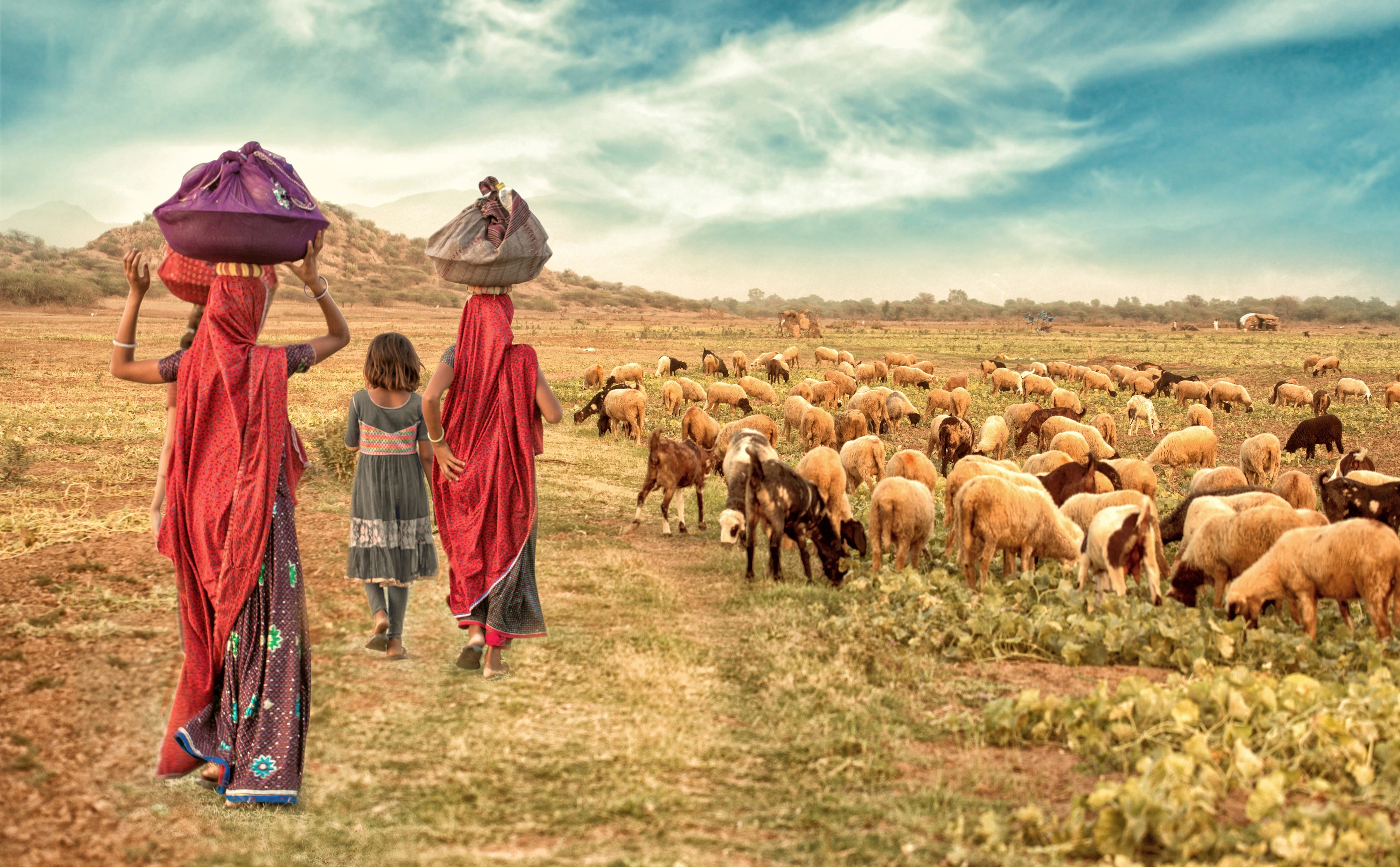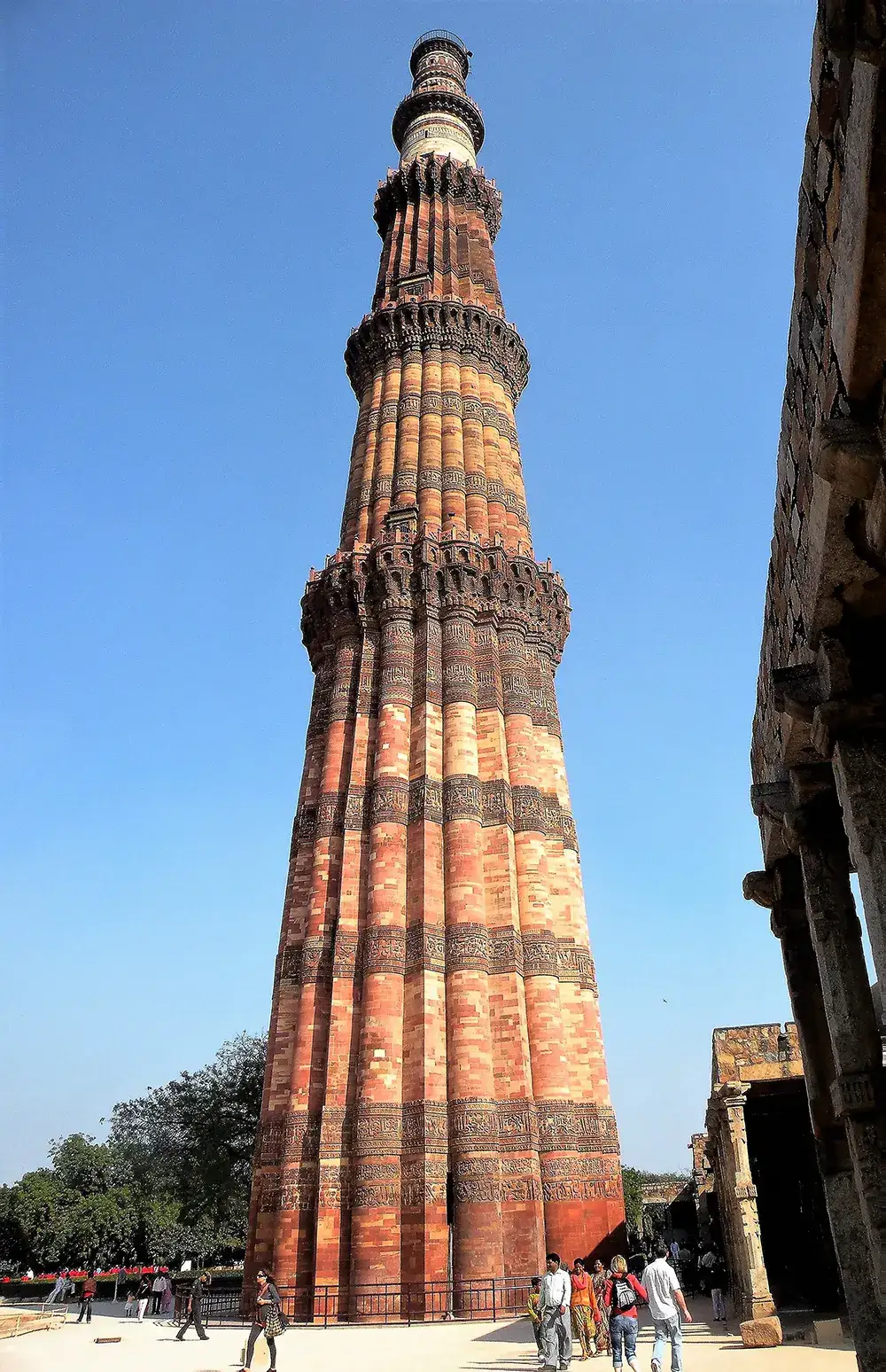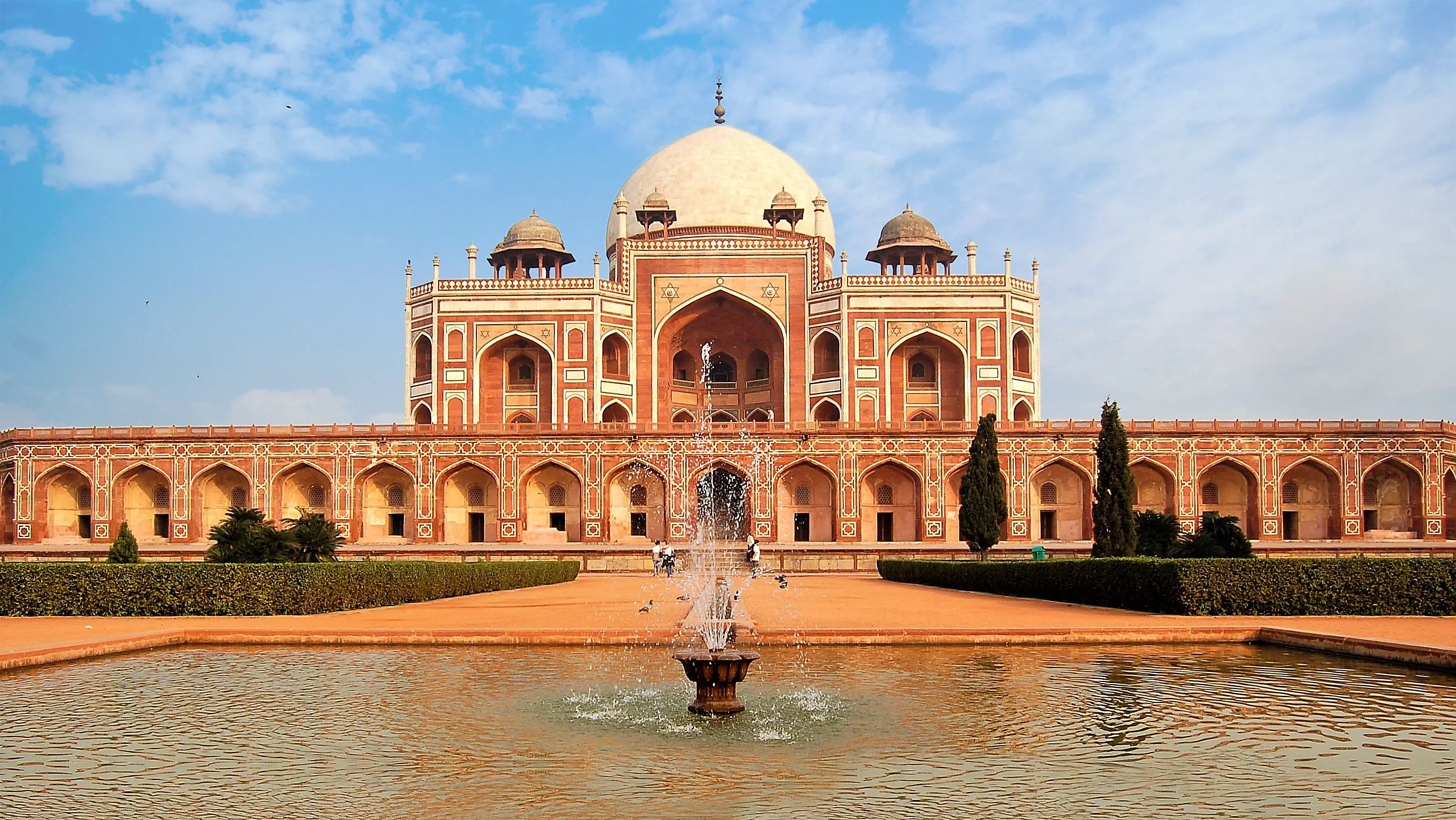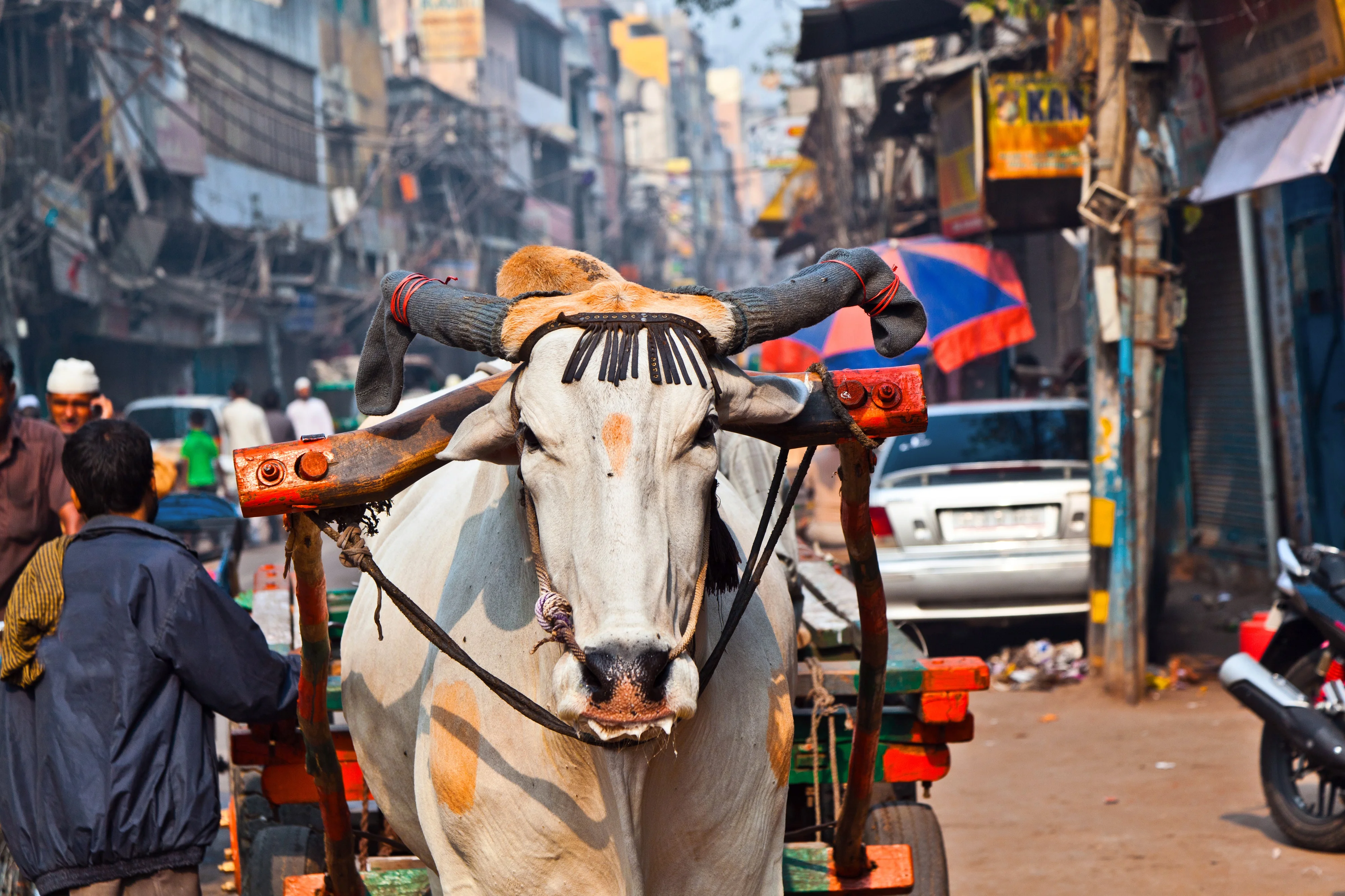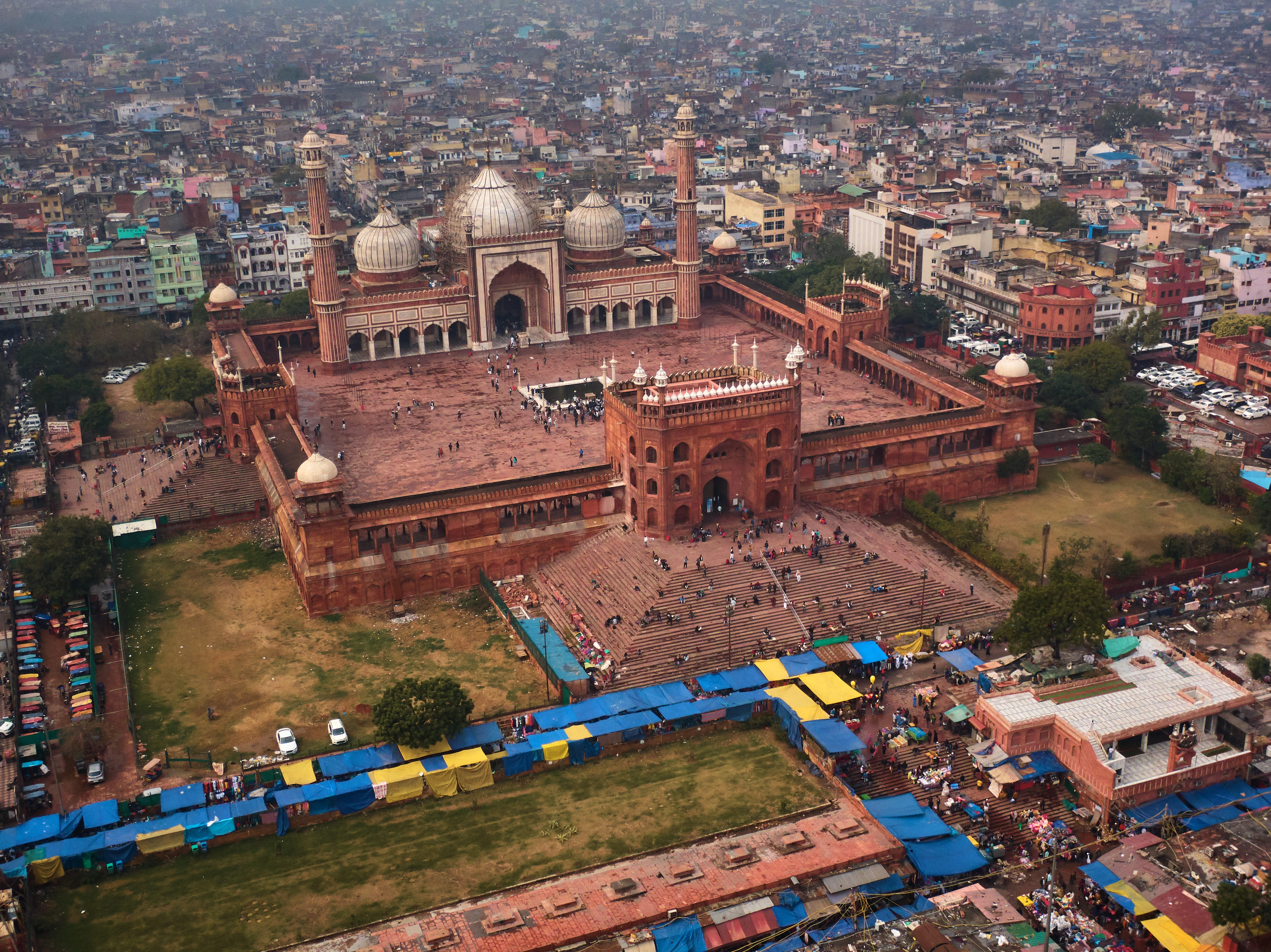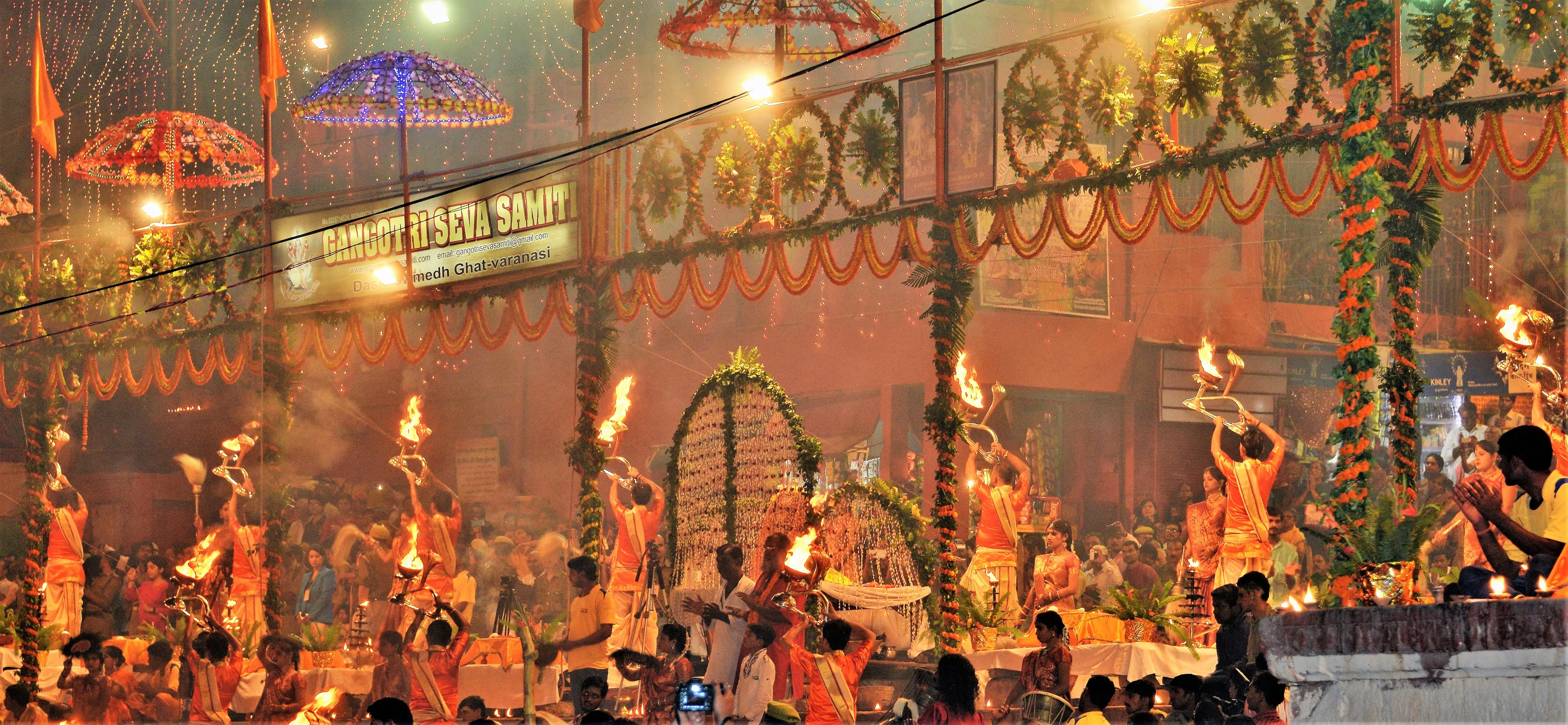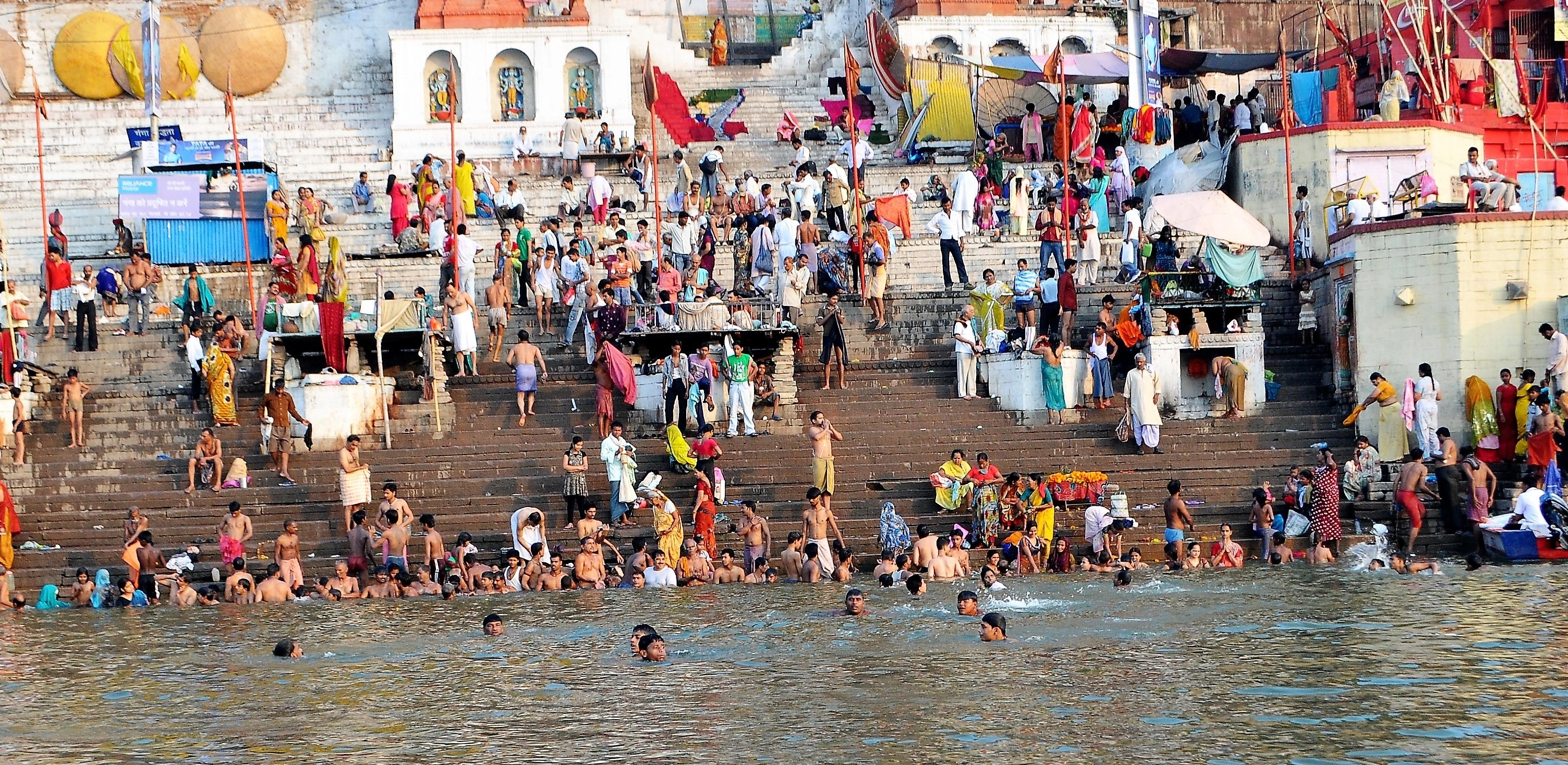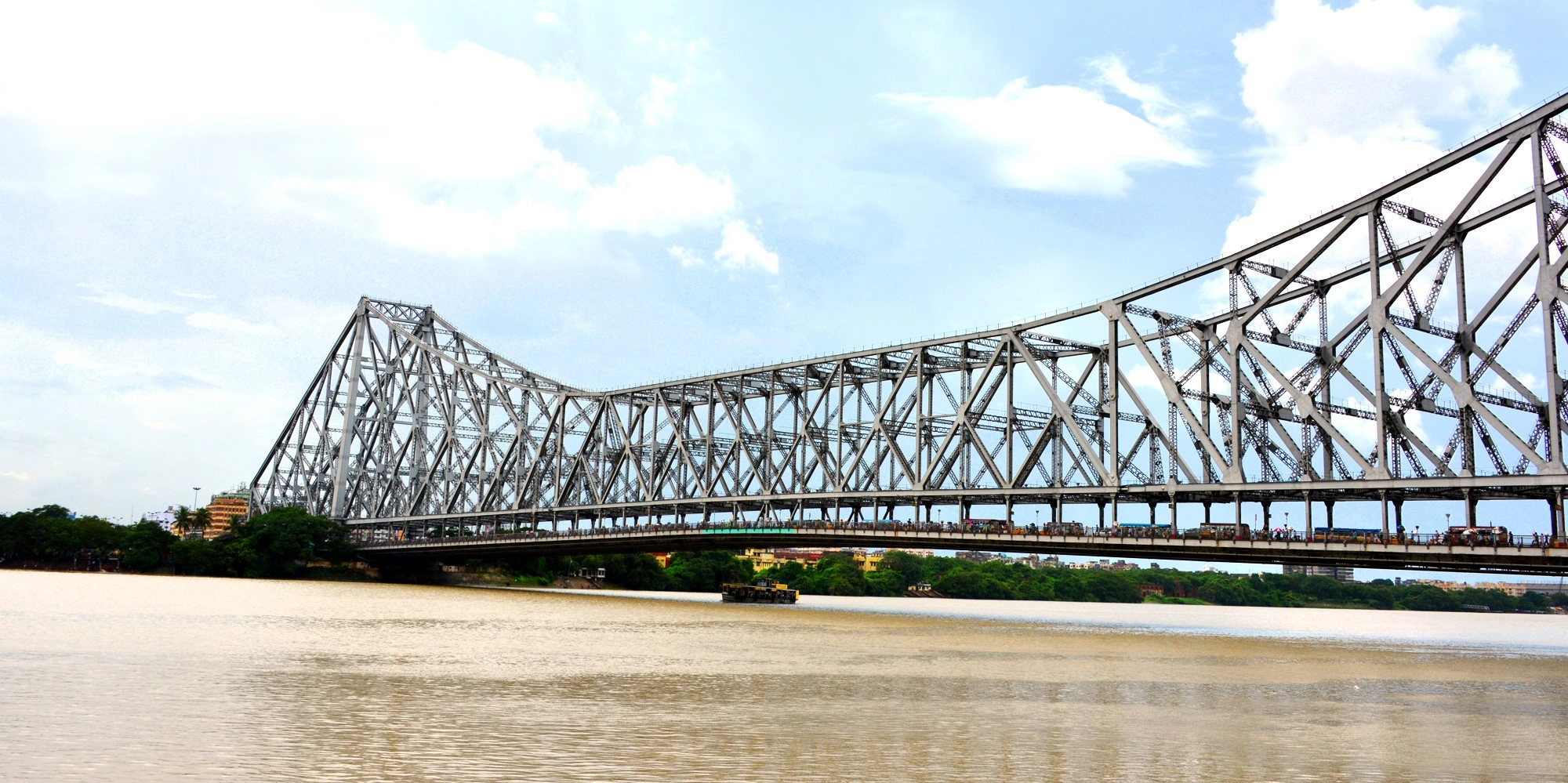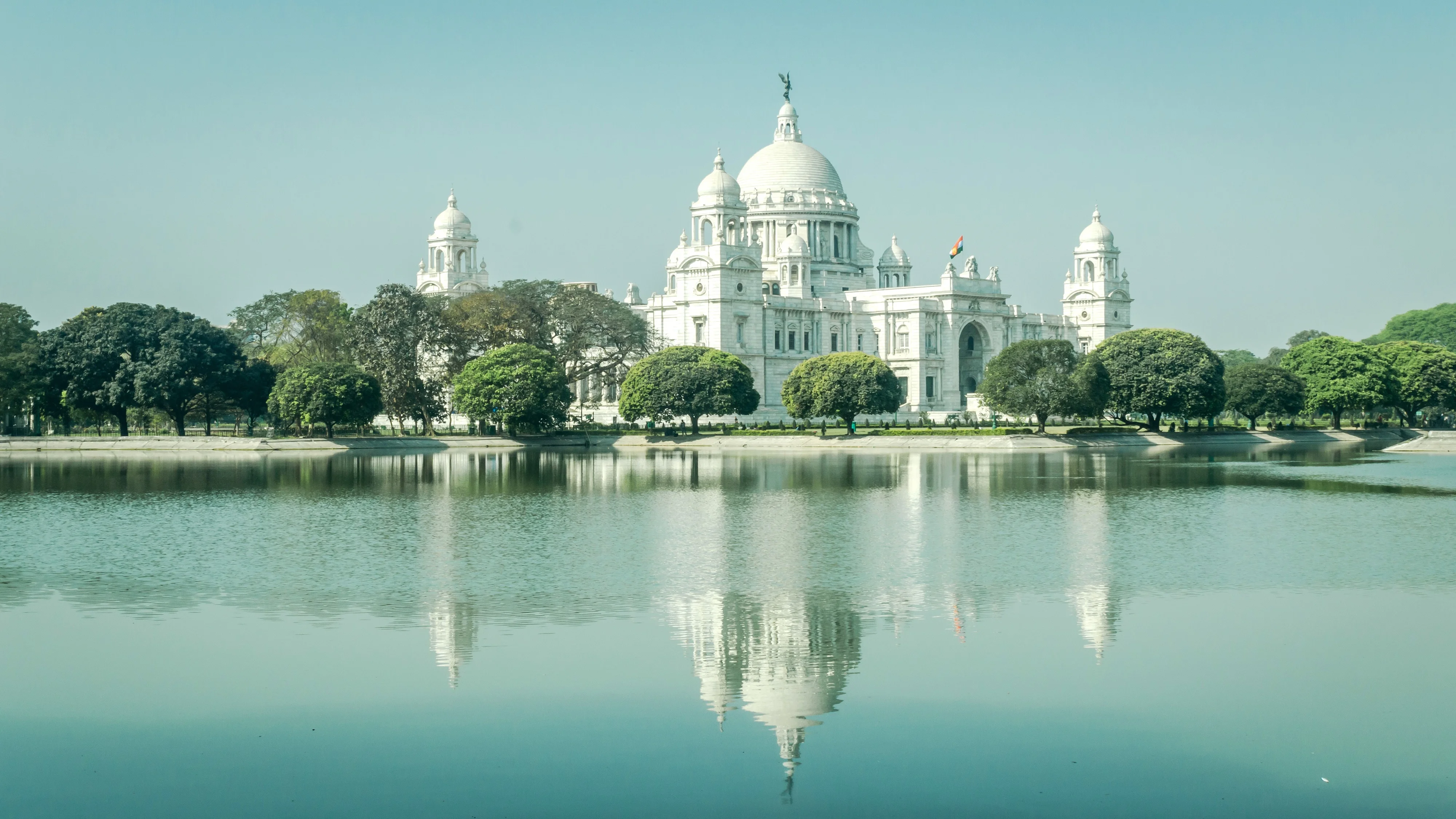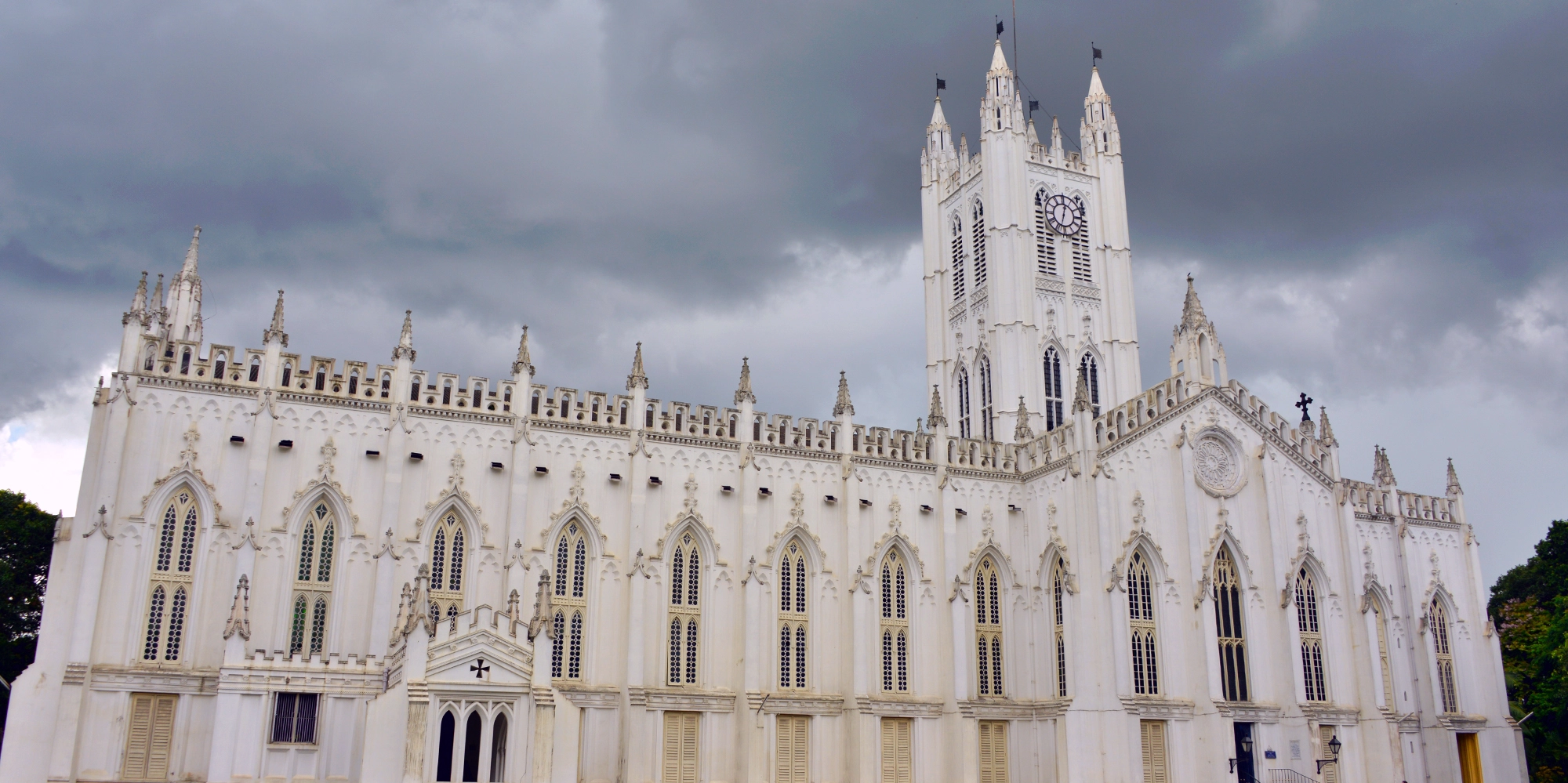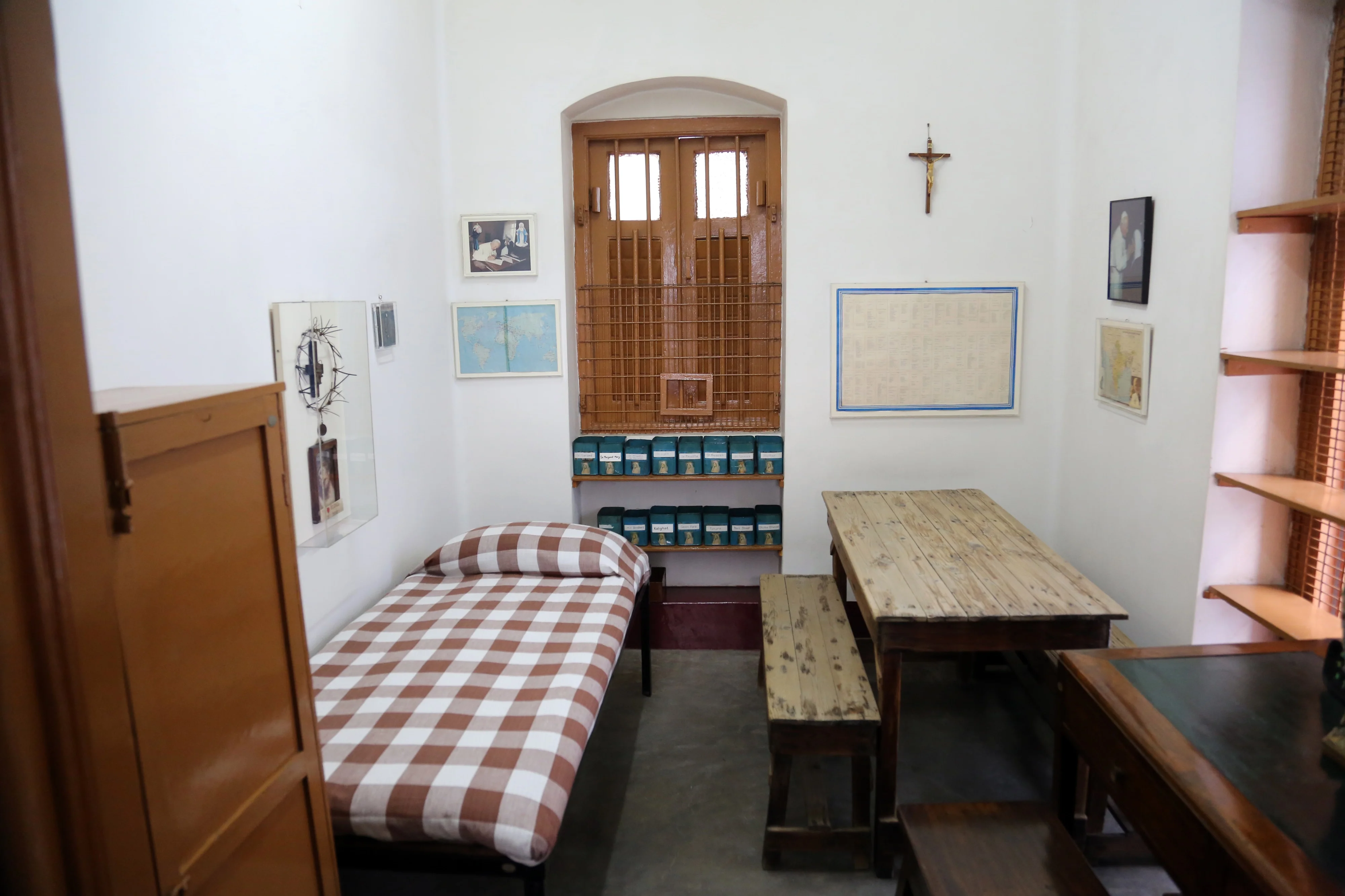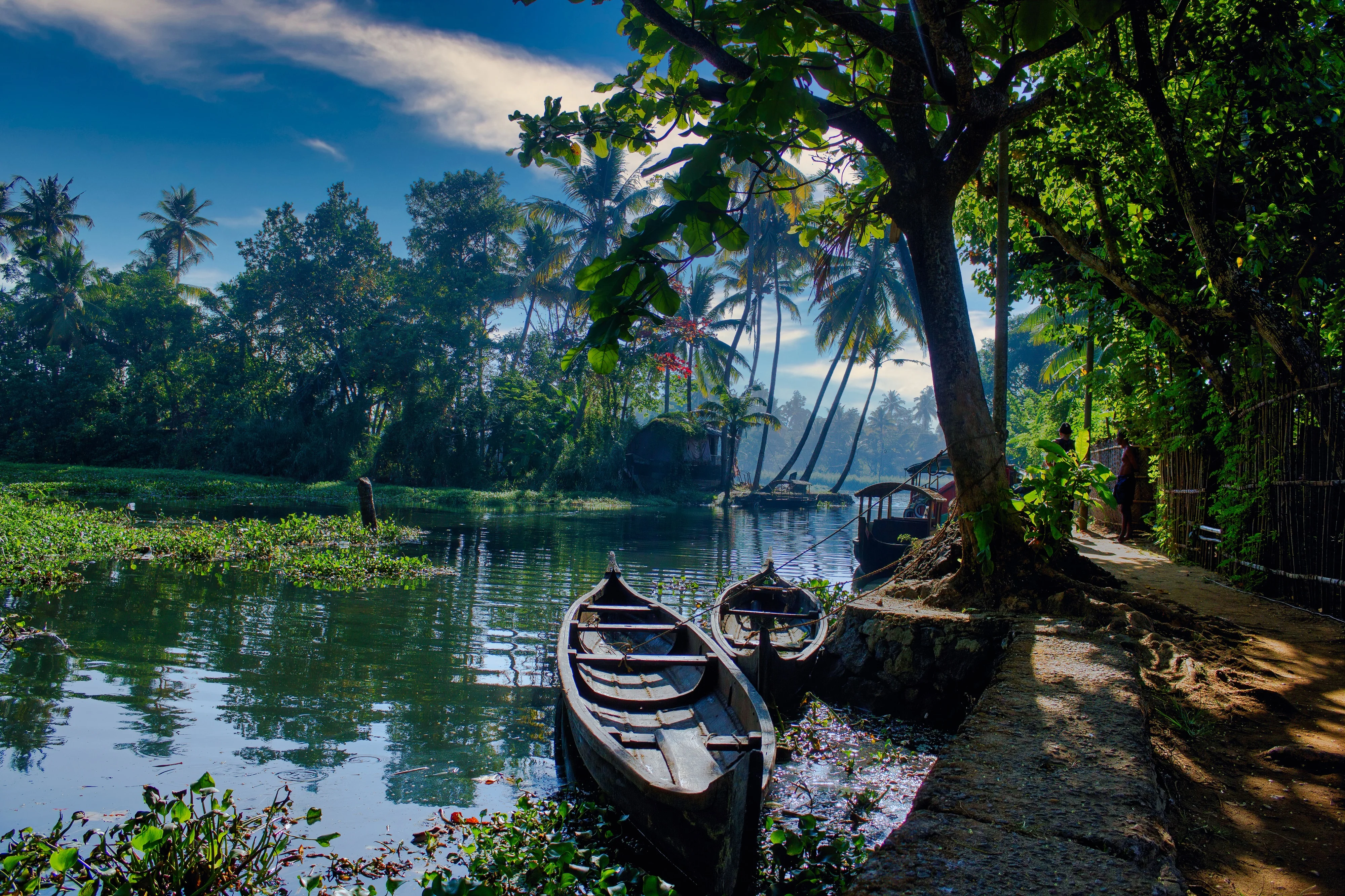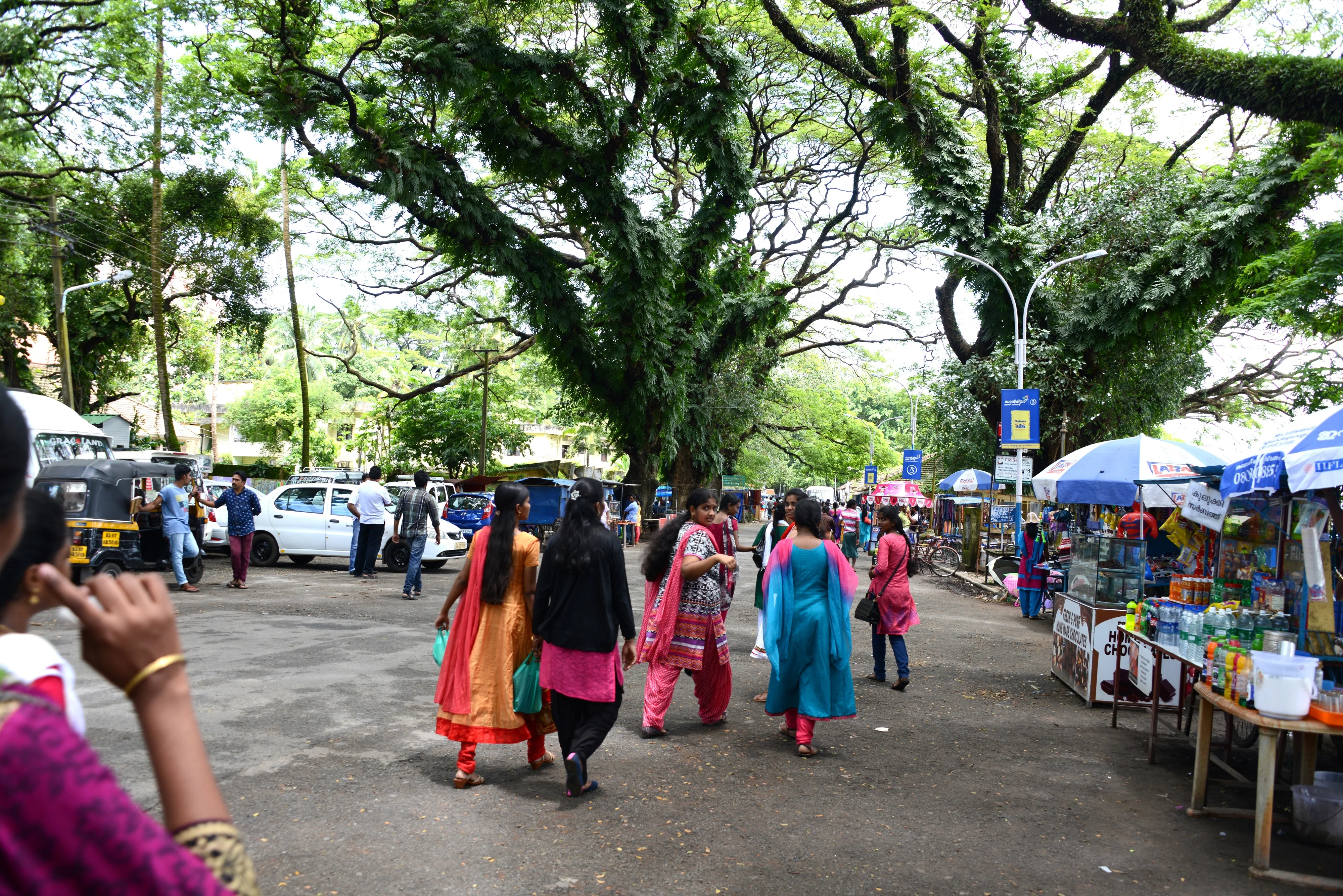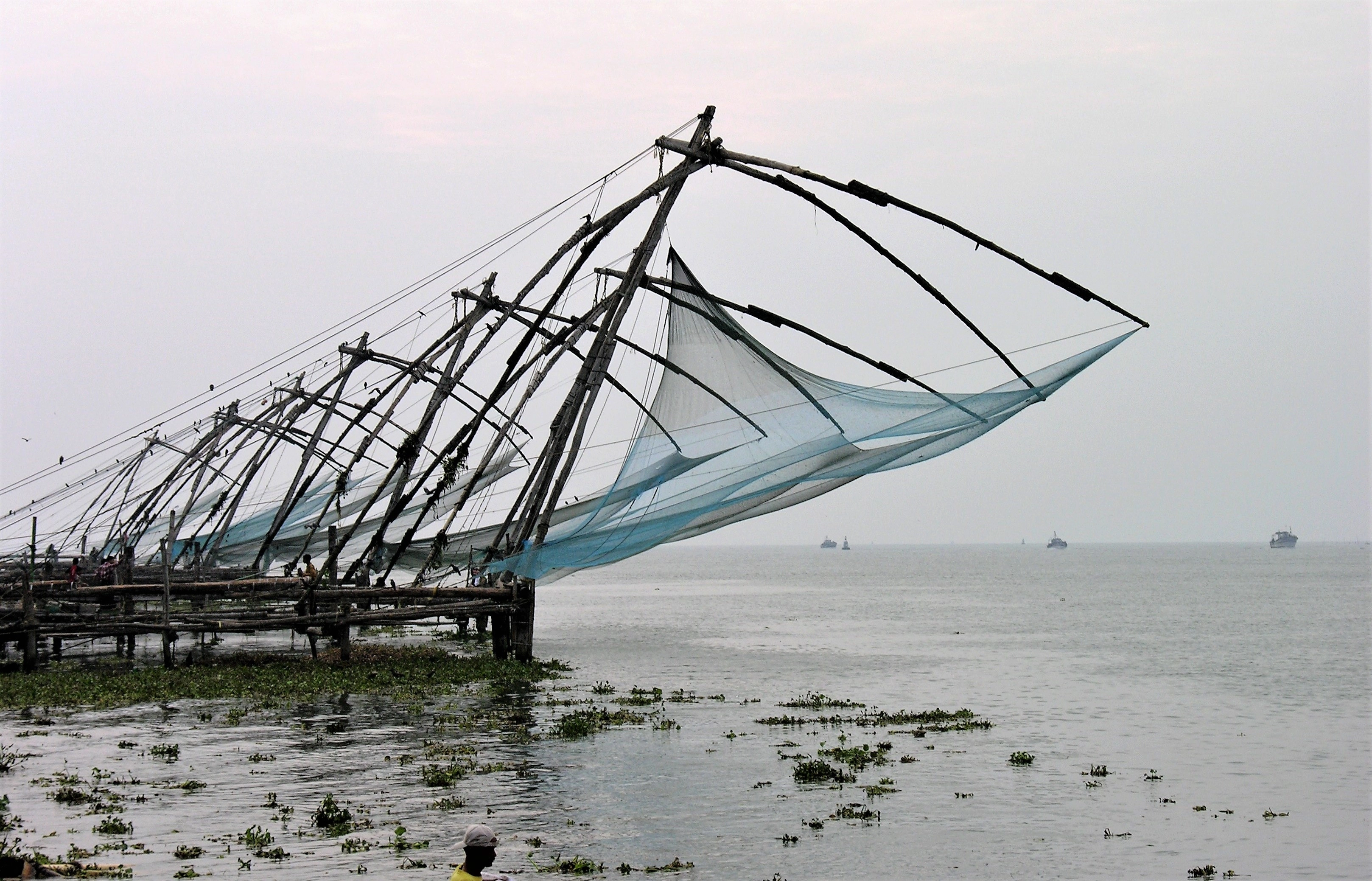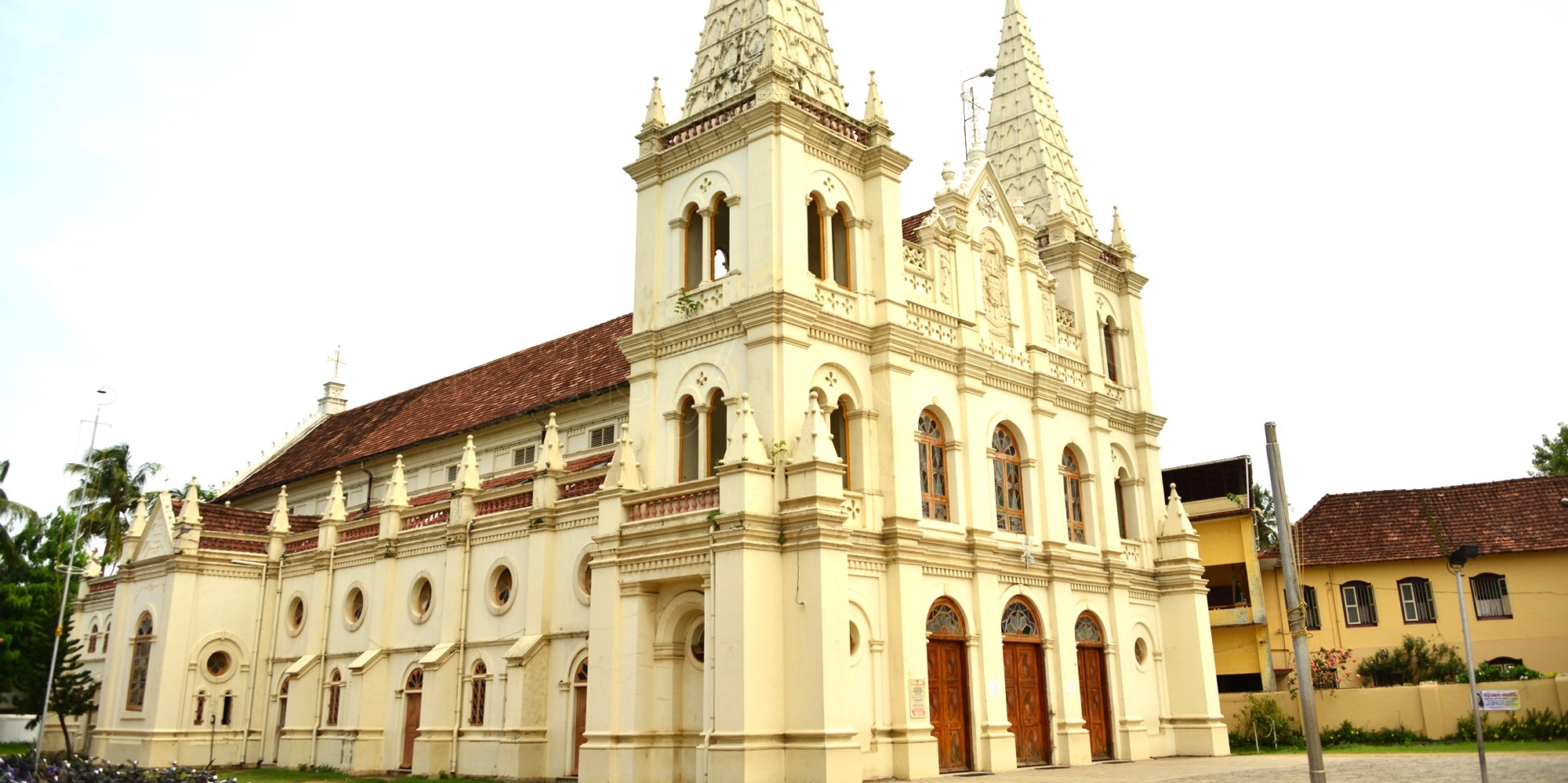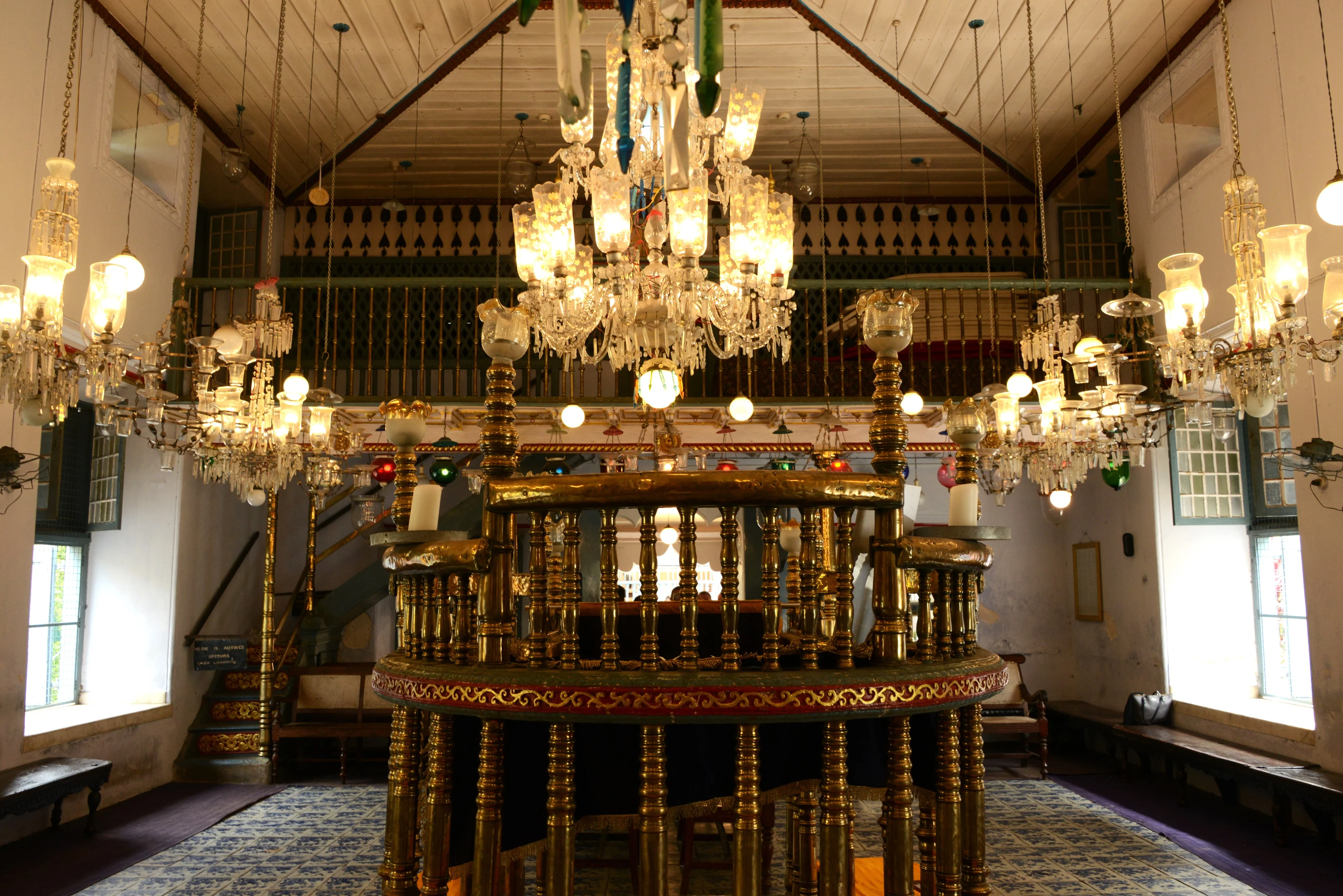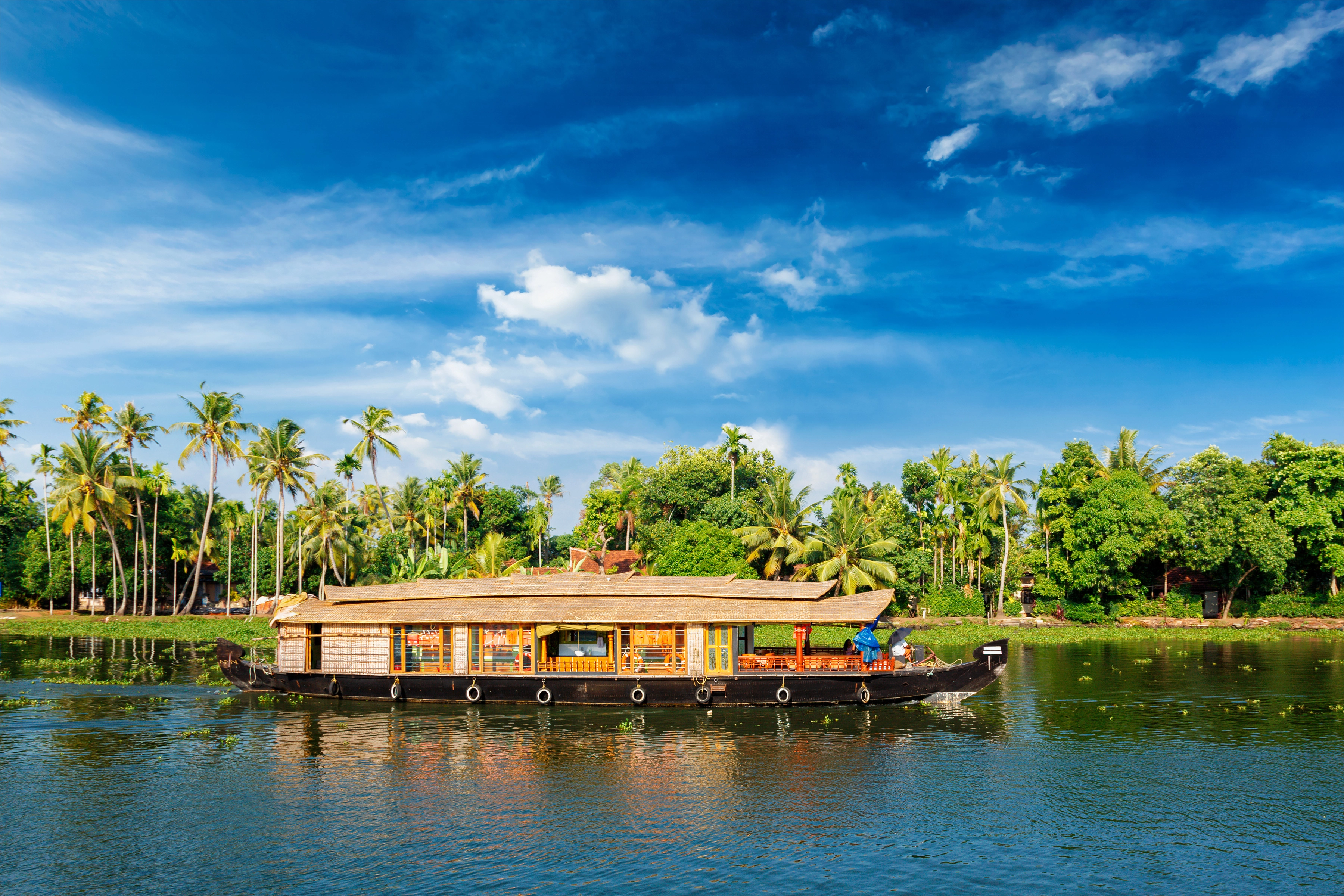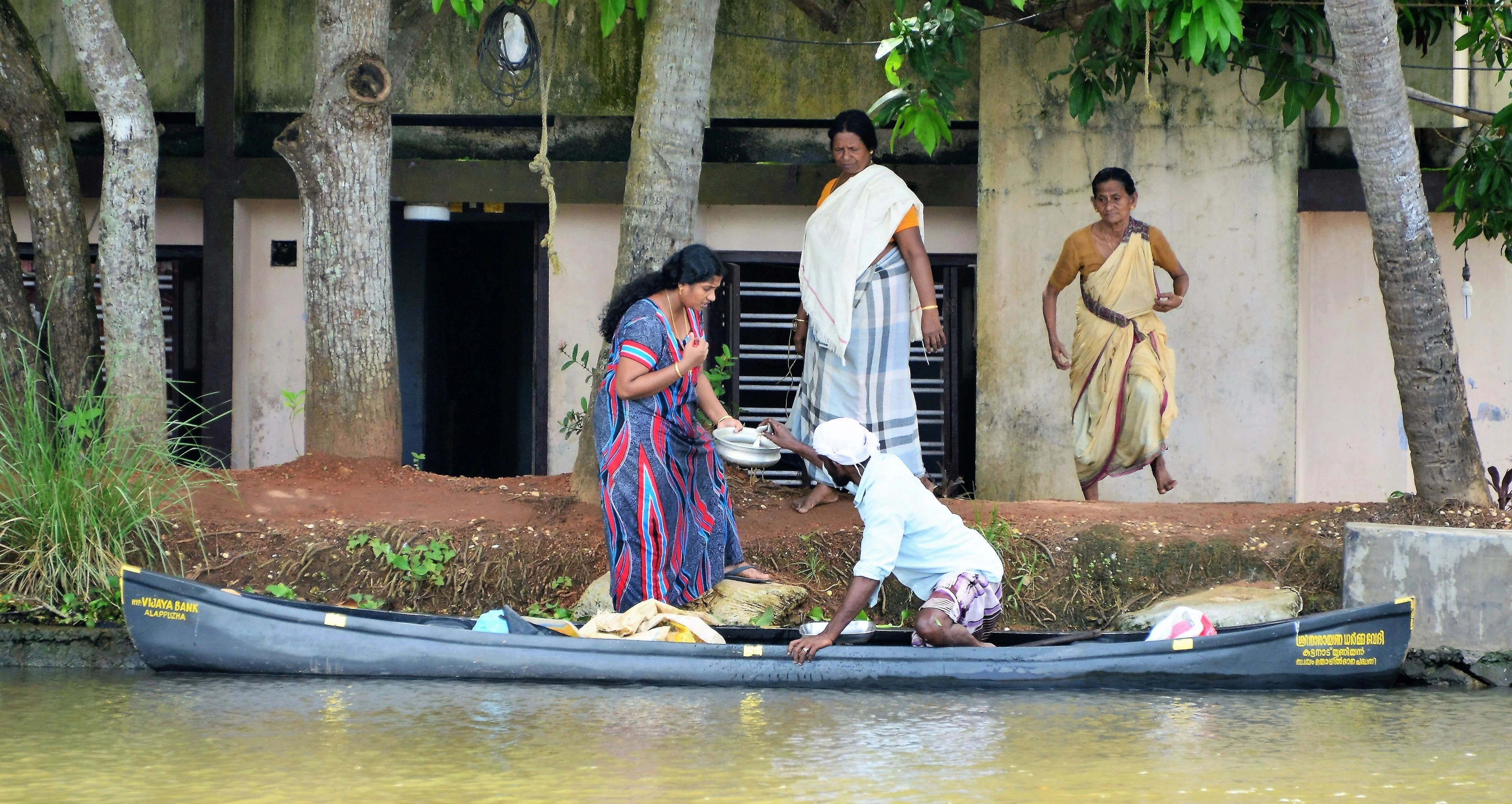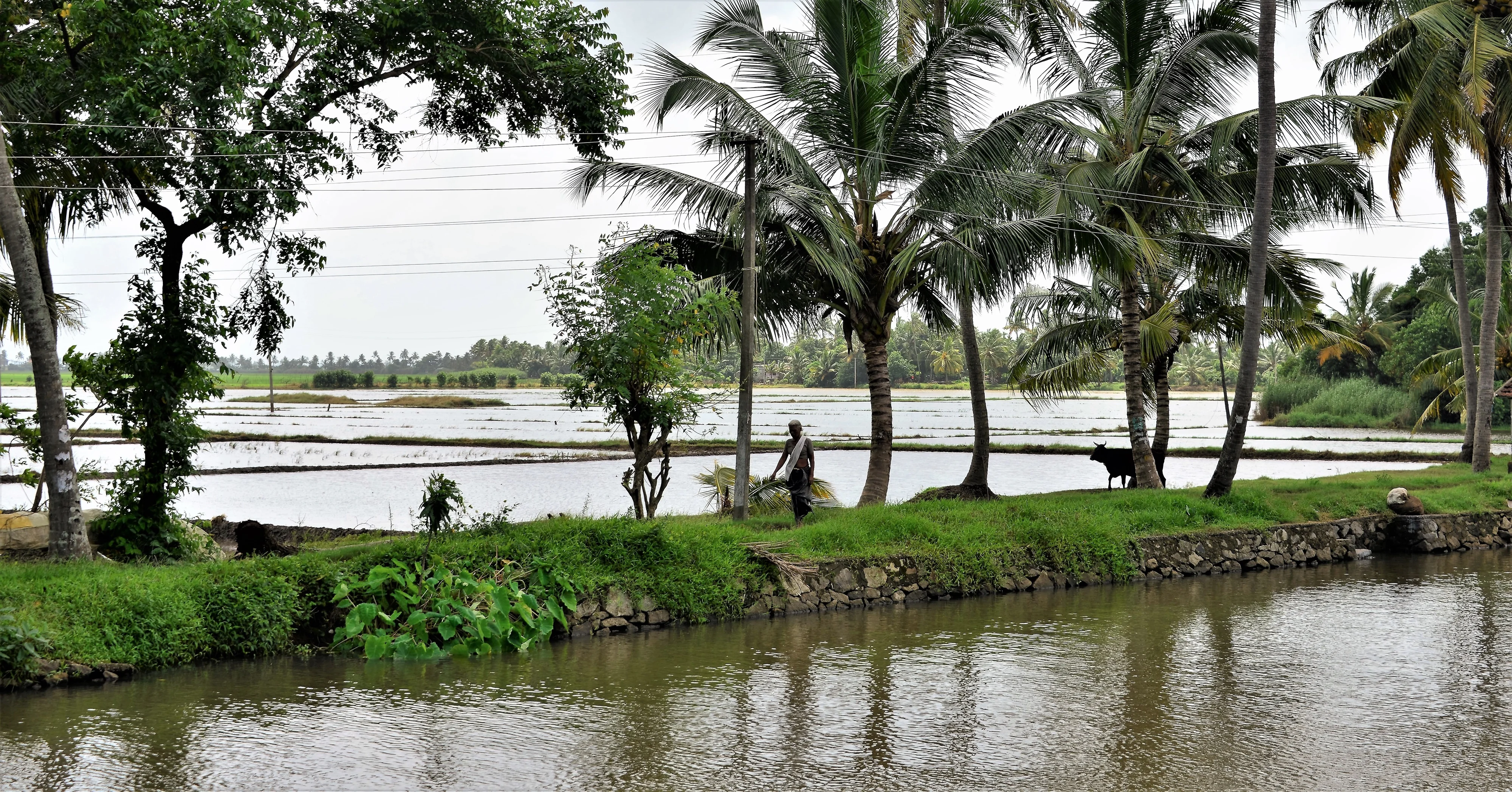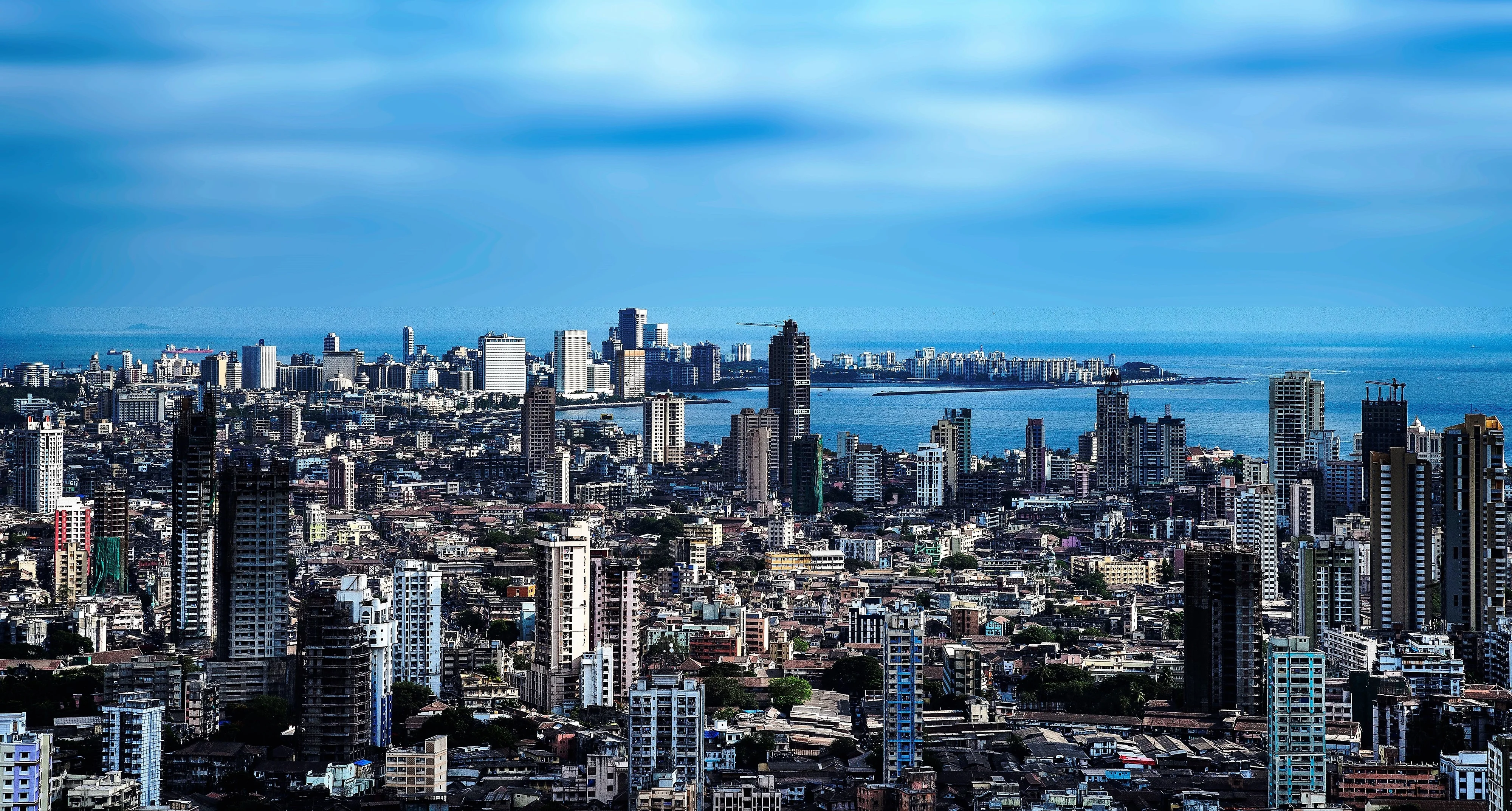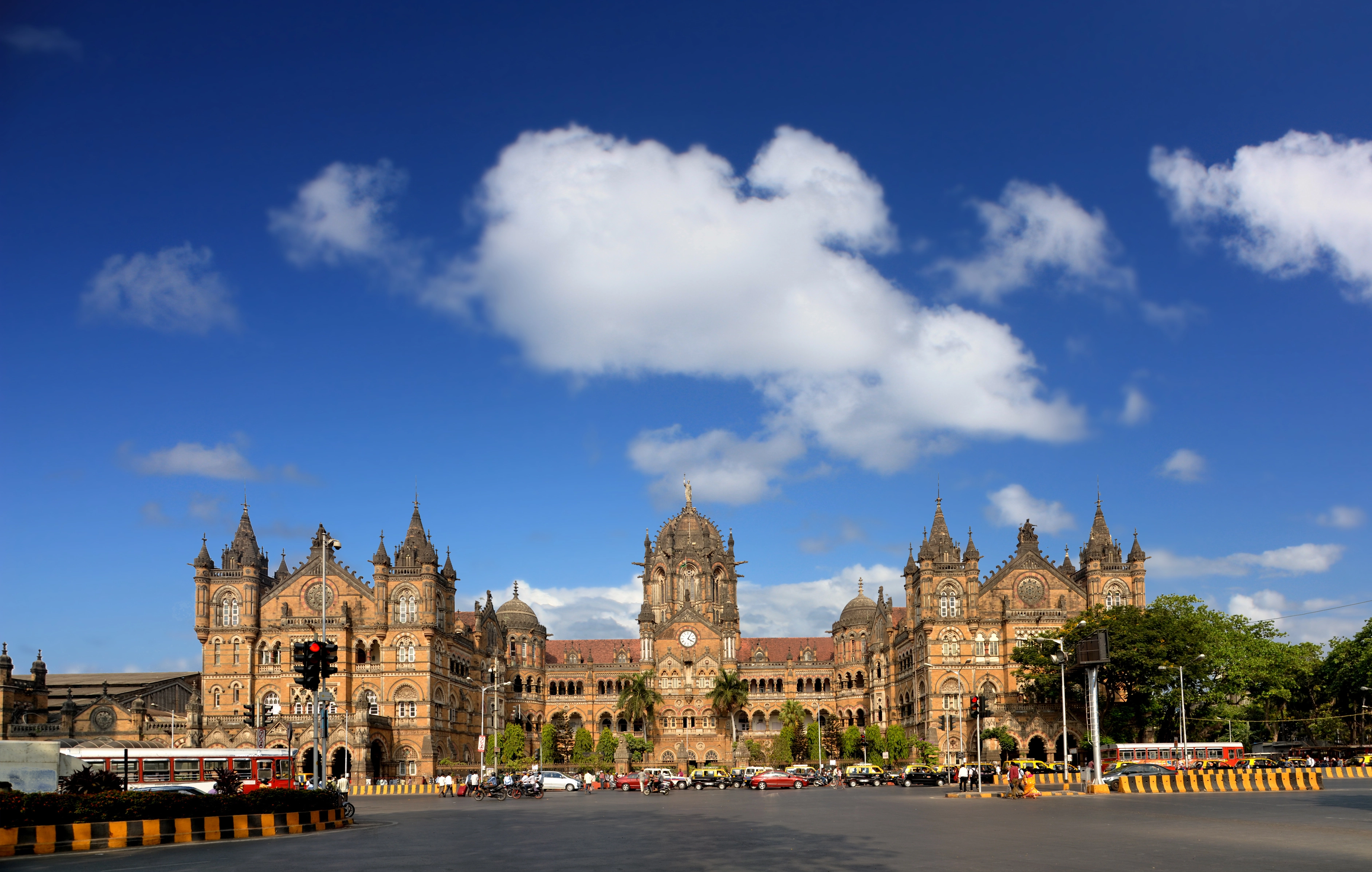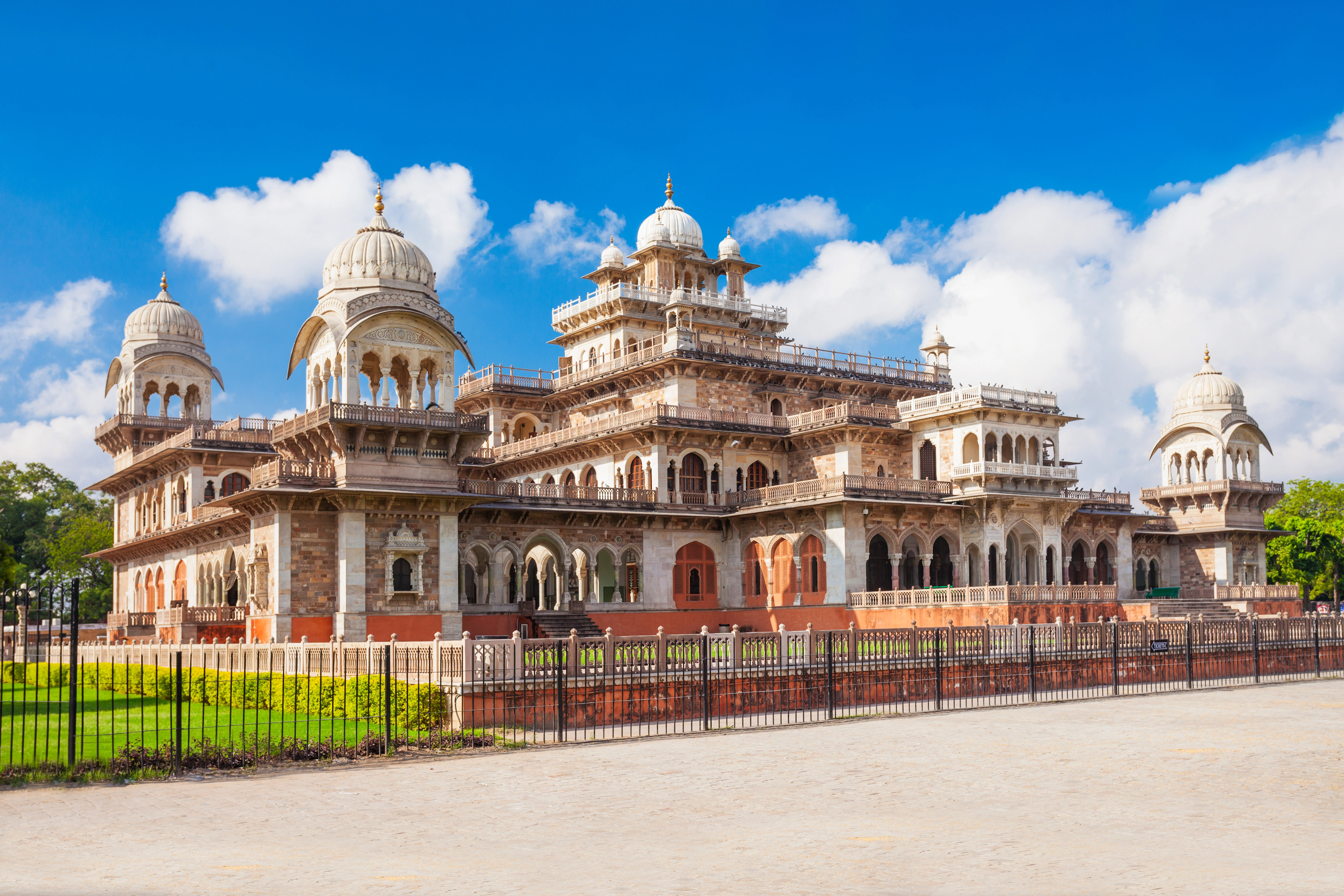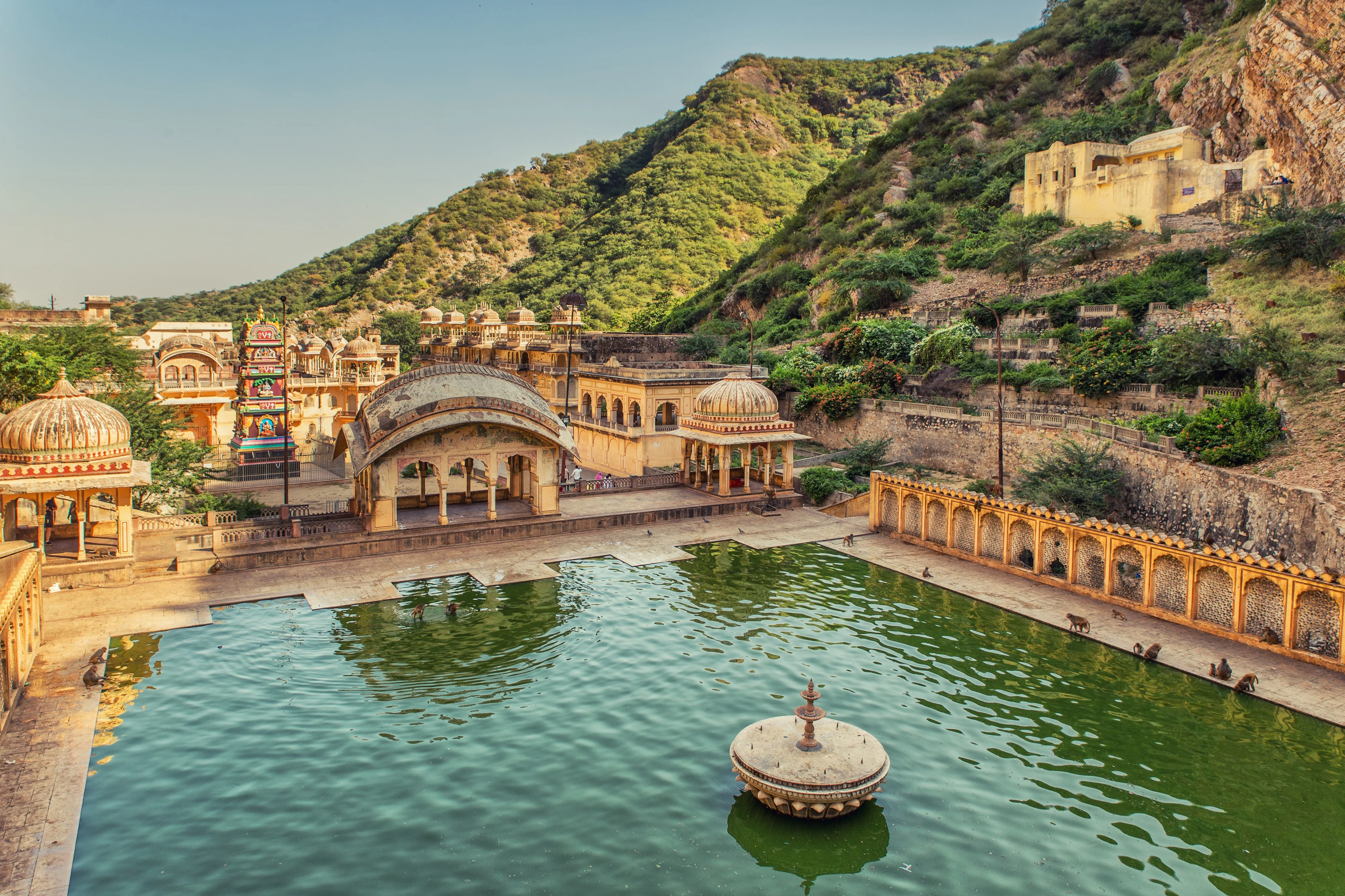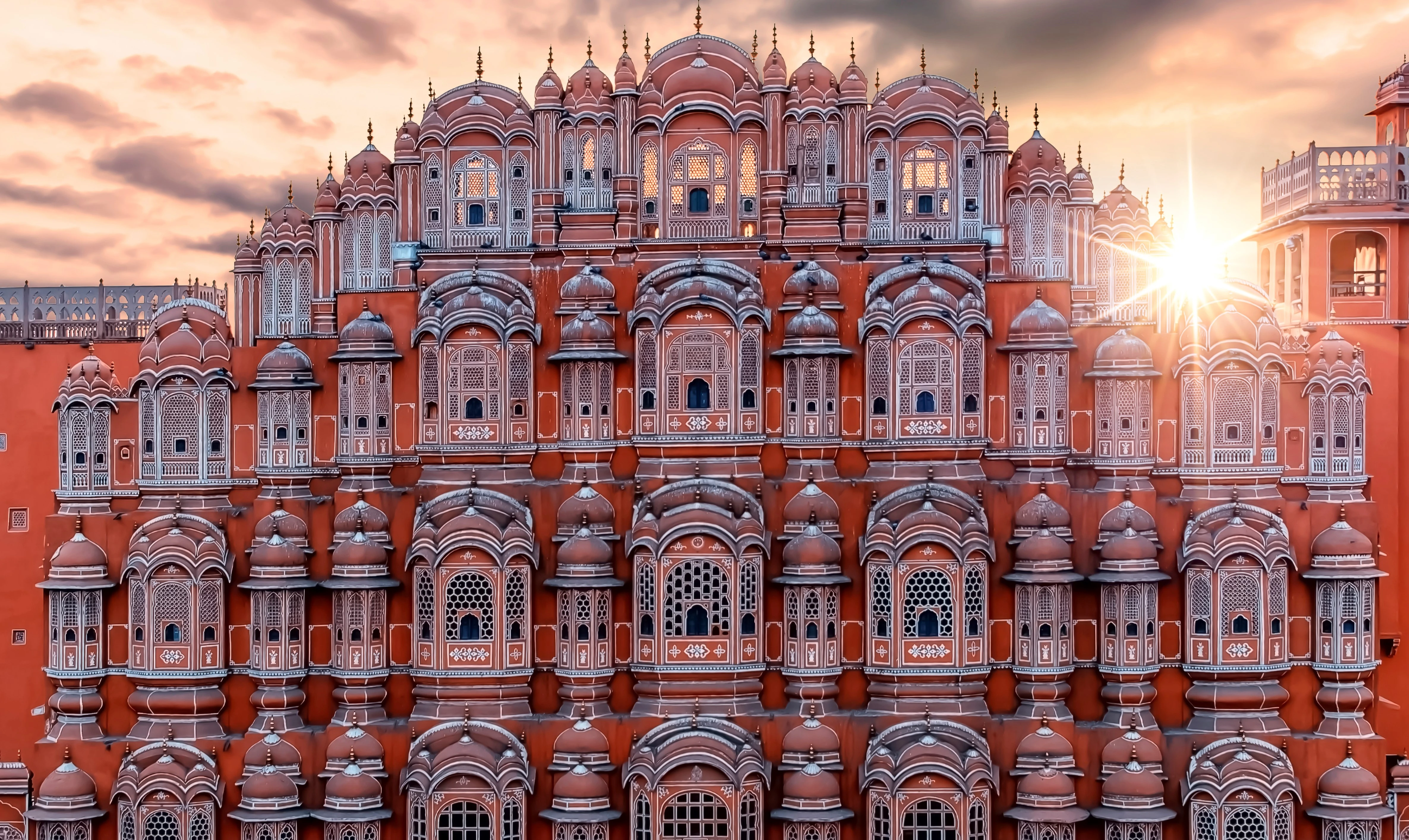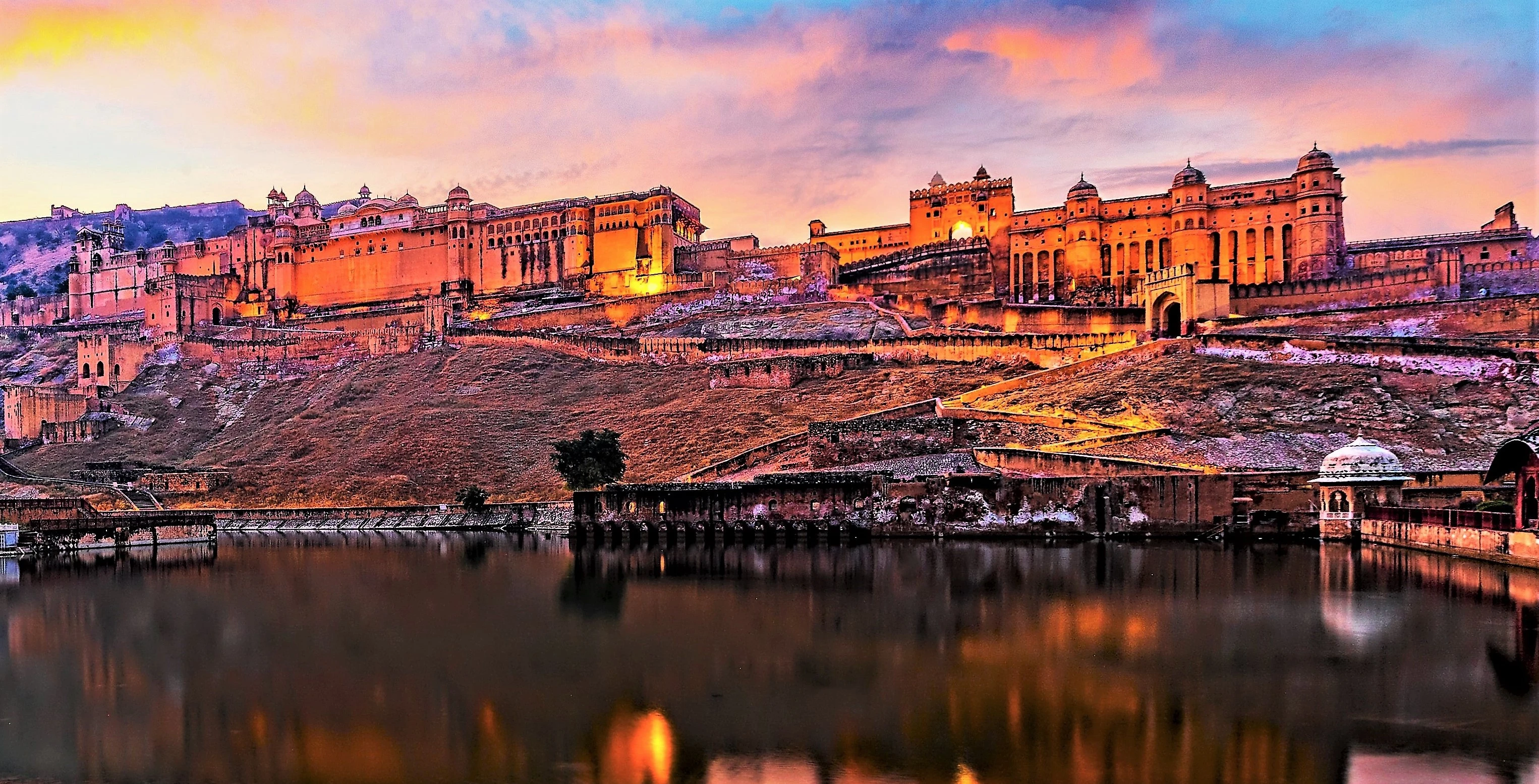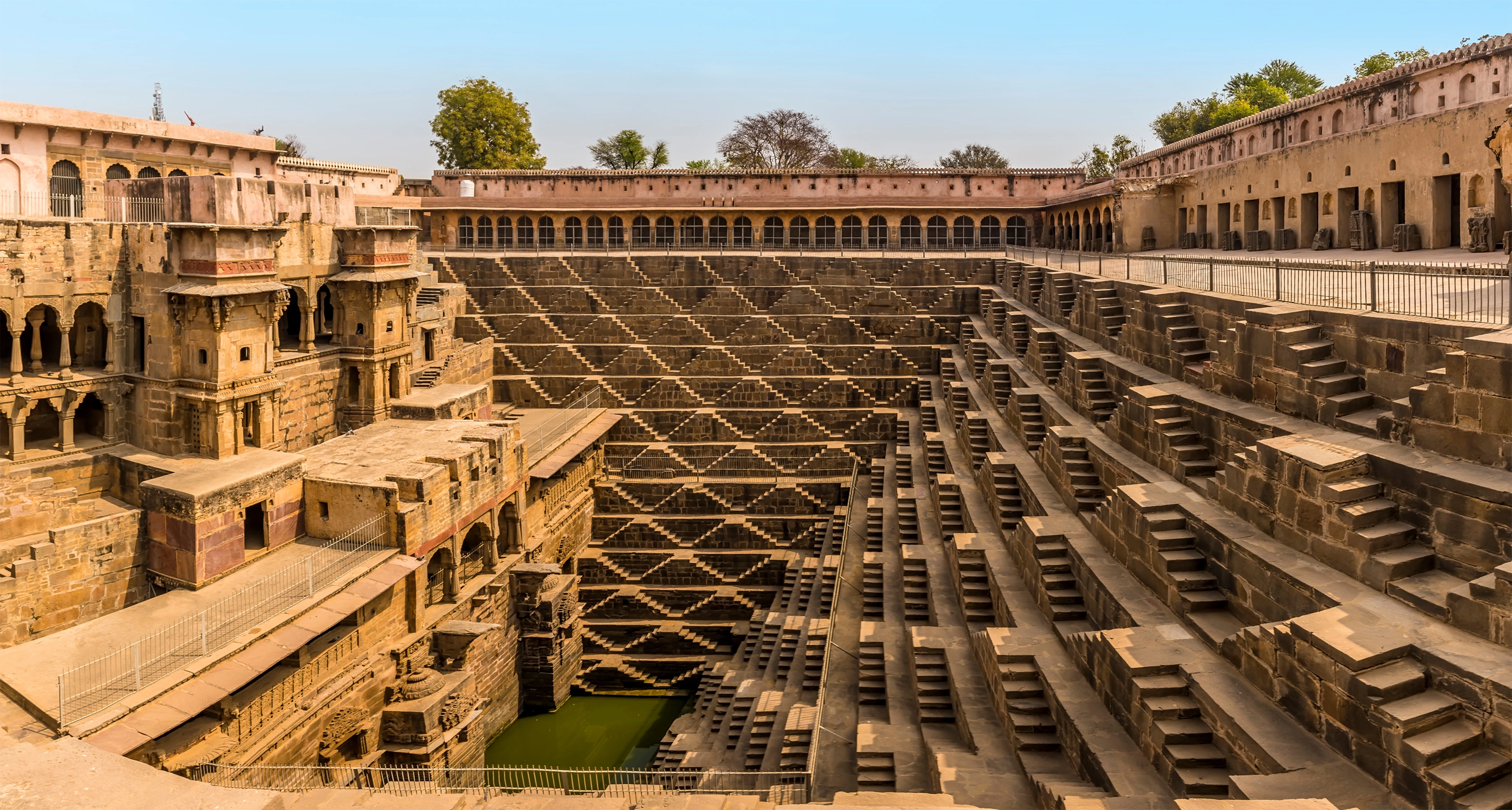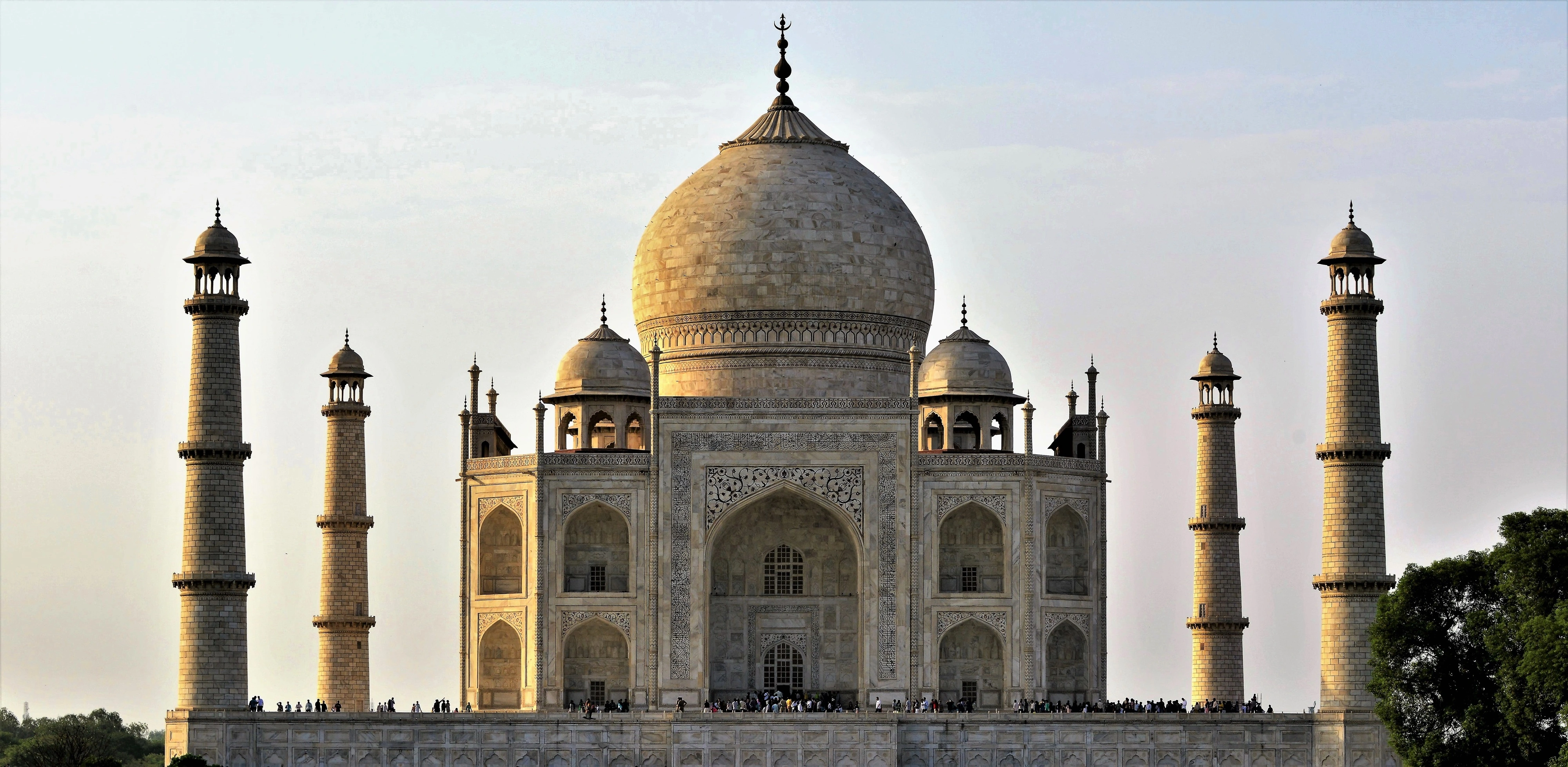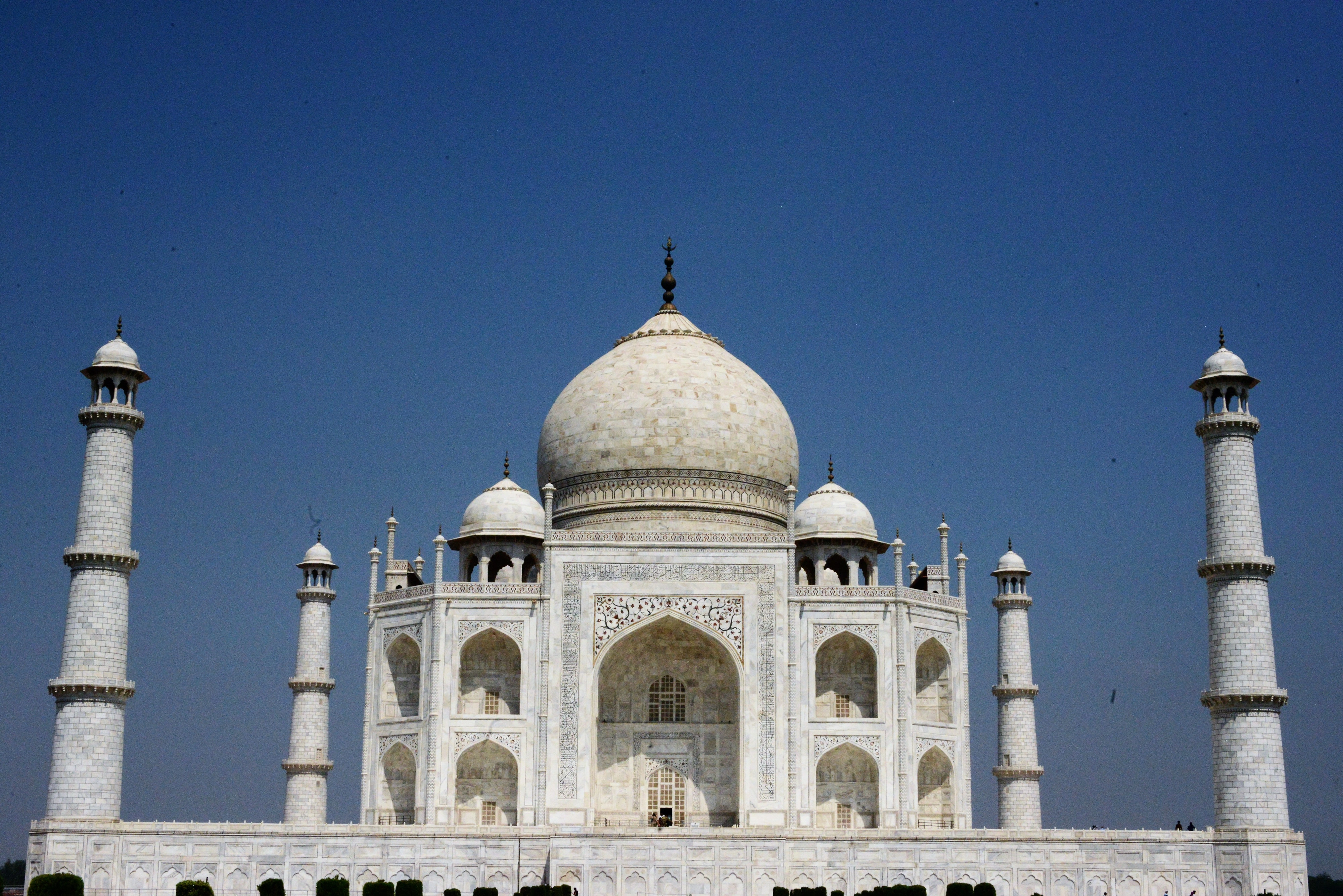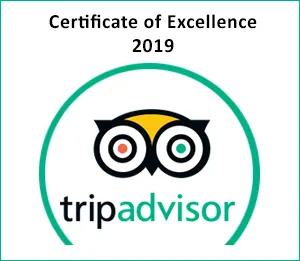Upgrades
and downgrades in room/suite/villa type are available at our preferred resorts upon request. You
also have the option to reserve your own resort stays, and have Easy Tours include flights and any
transfers that are required. You can ask for more details and pricing about one or more of these
resorts when you submit the Reservation Form for the Main Tour.
Taj Exotica Resort Extensions
We offer options between 3 of Asia’s best oceanfront
resorts as a great way to end your tour. Details on these extensions are given below in
each destinations page.
The Taj Exotica Resorts are owned and operated by the luxury division of Taj Hotels. Pricing is quoted
upon request, based on the number of days you would like at your selected resort, and any upgrades you
might request. Quoted pricing will include flights and full-service transfers to the resorts, and back
to your international flight departure city, if needed.
international departure options from each resort area are listed in the resort details
pages below. Upgrades and downgrades in room/suite/villa type are available upon request. Your
international departure flight after your resort stay will have VIP Airport Concierge services (where
available) as before, based on your departure details. For guests who, at the end of their resort
experience, want to travel to Delhi or Mumbai (Mumbai is a better option for the Maldives option) to
board their homebound international flights, VIP services will be at those departure airports, and also
at your resort area airport (where available) for your flight to Delhi or Mumbai.
Goa: Taj Exotica Resort & Spa ($$$$)
About Taj Exotica Goa: The best beach, and resort, in
India’s iconic laid-back coastal region of Goa. This is an expansive 56 acres of lush tropical
gardens with less than 250 rooms, suites and villas, on a beautiful, wide and uncrowded beach. Cultural
excursions, including local UNESCO World Heritage Sites, Spice Plantations, as well as multiple water
sports (arranged by the resort), can be included. Our standard offering is the upgraded Premium Villa
Room with Plunge Pool, and further upgrades are available.
Getting to Goa from Cochin: From Cochin Airport you will be on a connecting flight on a
no-frills airline, but the two flights will be about an hour each. There will be a cost reduction for 1
night’s hotel stay from the main tours pricing if you select Goa, which will be adjusted in the
Exotica Ocean Resort Option’s pricing. Upon your arrival at Goa airport and you are greeted by
your VIP Airport Concierge as you disembark your plane and you will now be escorted through baggage
claim and introduced to a facilitator who will escort you to your luxury oceanfront destination.
Departing from Goa: Two highly rated airlines, Qatar and Emirates, have nonstop flights
from Goa to their main hubs (and from there to many airports in the United States), thereby eliminating
the need to fly to another city in India at the end of your time in Goa. If you so require, your
excursion can include a nonstop flight back to Delhi, and, if your international flights departure
timing requires, a stay at the Oberoi Gurgaon near Delhi Airport.
Andaman Archipelago: Taj Exotica Resort & Spa. ($$$$)
About Taj Exotica Andamans: The finest island resort off
India’s east coast is a delight for guests wanting uncrowded beach time, isolation, and
most of all, nature at its best. Fifty-four massive luxury villas on stilts are set among
ancient mangroves and water lily ponds. The surrounding mangrove forest is a delight to explore, on a
kayak or on foot. Nature is at its finest here in the ancient rainforest, and the ecologically designed
and operated resort is situated next to a virgin beach with crystal-clear water. Snorkeling and scuba
diving are available at the resort, along with other activities. Our standard offering is the upgraded
Luxury Villa with Private Pool.
Getting to the Andaman Archipelago from Cochin: Accessing the Andaman Islands from
Cochin is the hardest of the 3 Taj Exotica options and will require connecting flights through either
Chennai (Madras) or Kolkata (Calcutta). From Port Blair Airport in the Andaman’s Easy Tours will
arrange a private transfer to the pier and a private speedboat ride to the island.
Chennai Connection Option (preferred): You will spend a night, with assisted airport
transfers, in a suite at the Trident Chennai Hotel, located across from the airport.
Kolkata Connection Option: You will spend a night, with assisted airport transfers, in
a suite at the Westin Kolkata Rajarhat, located about 15 minutes from the airport.
Departing the Andaman Islands: There are no international flights from the Andaman
Islands, and your excursion there will include a flight back to Delhi, and, if your international
flights departure timing requires, a stay at the Oberoi Gurgaon near Delhi Airport.
Maldives: Taj Exotica Resort & Spa. ($$$$$$)
About Taj Exotica Maldives: Widely recognized as one of the
Maldives premier luxury resorts on its own gorgeous island, this is beachfront and overwater villa
luxury at its best. Although fairly expensive, you are not overpaying for this ultimate luxury
experience. The unmatched clarity of the water, and the drop-dead beauty of the surrounding corals, has
to be seen to be believed. Available activities include snorkeling, scuba diving (PADI certified), and
parasailing. Our standard offering here is an upgraded overwater Deluxe Lagoon Villa with Pool.
Getting to the Maldives from Cochin: Accessing the Maldives from Cochin will require a
very slightly earlier departure from the Oberoi Vrinda on your last morning, before boarding a short
nonstop no-frills flight from Cochin to Male. Please note that this flight only operates on Mondays,
Wednesdays, and Fridays. From Male airport you will be escorted to the pier for your scenic 15-minute
speedboat ride to the island resort. There will be a cost reduction for 1 night’s hotel stay from
the main tours pricing if you select the Maldives, which will be adjusted in the Maldives Resort
Option’s pricing.
Departing the Maldives: Many international airlines, including Singapore, Cathay,
Qatar, Etihad and Emirates, have nonstop flights from the Maldives airport to their main hubs, thereby
eliminating the need to fly back to India at the end of your time in the Maldives. If you so require,
your excursion can include a flight back to Delhi, and, if your international flights departure timing
requires, a stay at the Oberoi Gurgaon near Delhi Airport.


